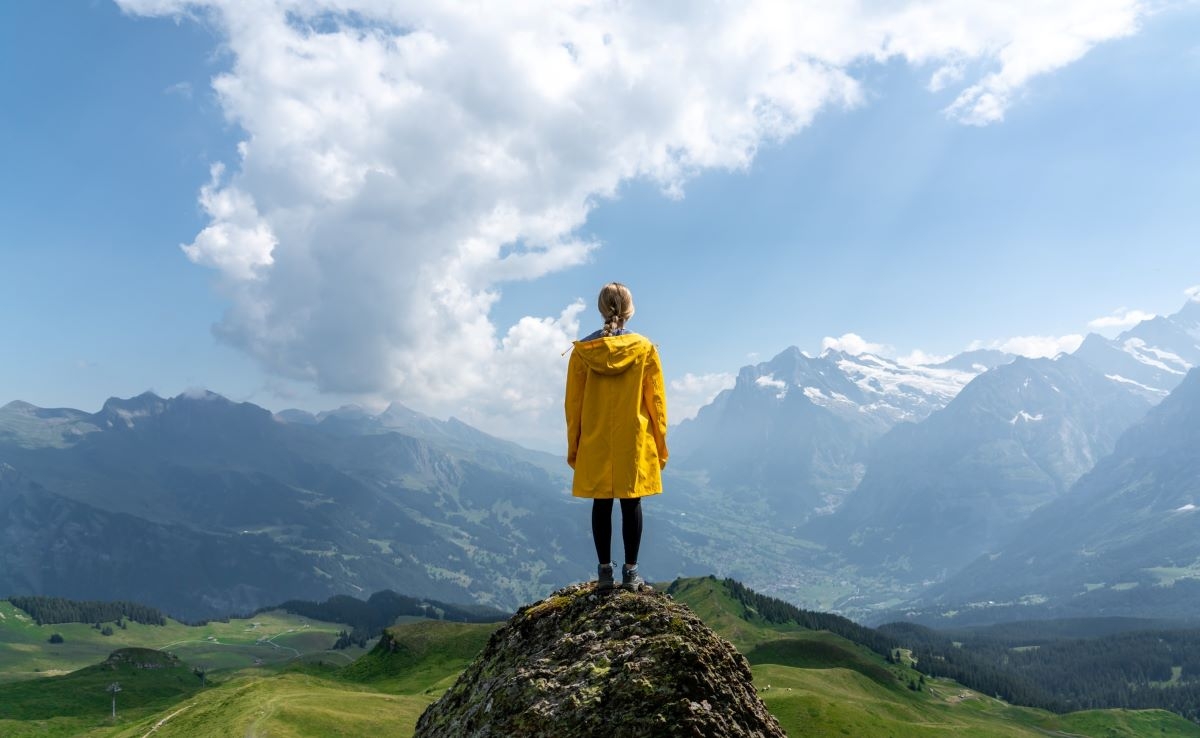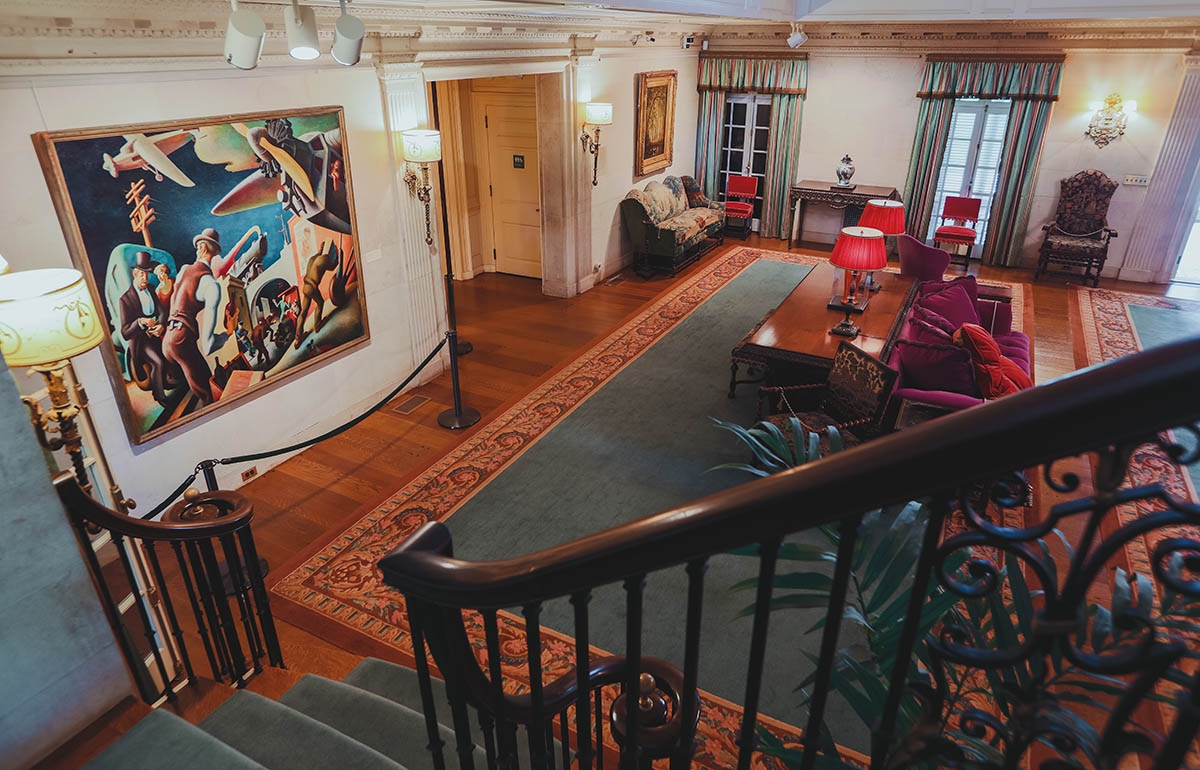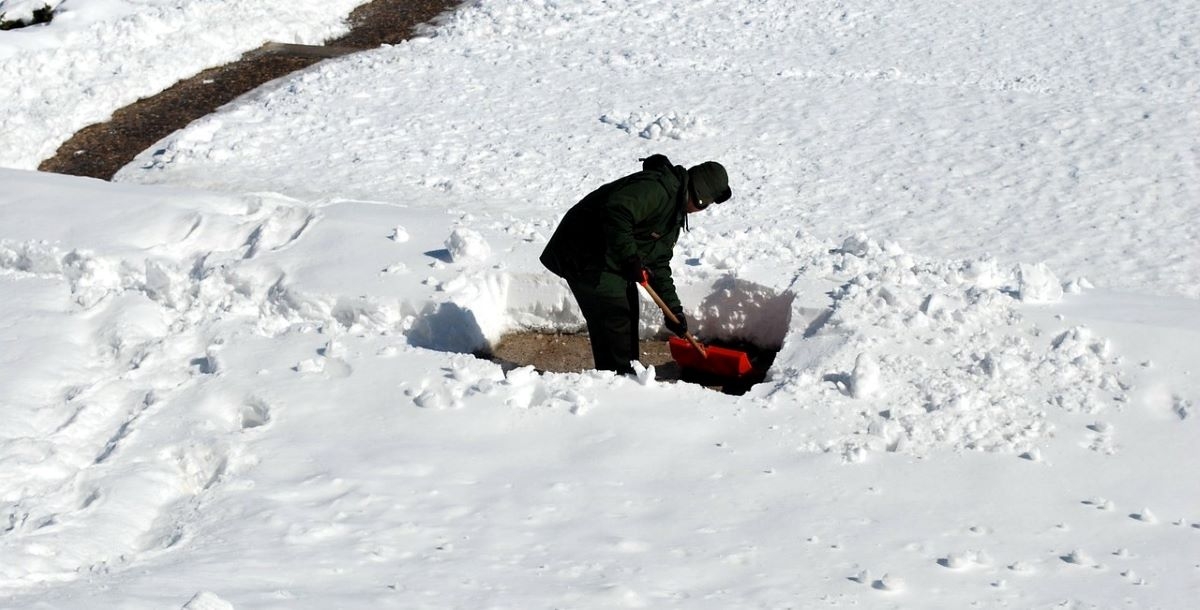
What are the most beautiful places to visit in Europe?
There are so many reasons that Europe is well worth a visit at least once in your lifetime. Europe surrounds you with history and stunning architecture. The cities are vibrant and all so unique from one another. The food is fantastic, there are festivals and nightlife, and Europe is also home to plenty of islands and seaside villages and towns that you can visit.
There’s nothing like Europe in the U.S. at least as far as how historic much of it is. You can walk among history with buildings dating back more than 2000 years, like Rome. You can see the most famous works of art that have ever been created, sample delicious wine, and enjoy the breathtaking natural beauty.
While ranking the most beautiful places in Europe is both challenging and highly subjective, below are some options to help you get started if you’re planning an itinerary or just daydreaming for now.
Florence, Italy
Florence is a wonderful place to visit, particularly if you appreciate art. From Botticelli’s Birth of Venus at the Uffizi Gallery to the David at the Accademia, there is so much to see in Florence. Most of the world’s most famous works reside in the city.
Even outside of the art, the birthplace of the Renaissance is stunning. The historic center of the city is a UNESCO World Heritage Site. This Tuscan gem is also located along the Arno River, and the Ponte Vecchio is the most famous bridge crossing it.
The architecture includes fountains, statues, and quaint rooftops, the food is amazing, just like you might expect. Local specialties include bilberry steak, wild-boar pasta, and tripe, as well as gelato.
The Tuscan countryside surrounds Florence, including medieval towns like Siena. Bologna is just 90 minutes from Florence.
If you want to stay within the city, it’s very walkable, so you can soak in every aspect of its beauty.
Santorini, Greece
Santorini is the type of place that you quite literally have to see to believe. When you’re there, it doesn’t even seem like it’s real. You’re rising out of the sea and perched on top of sun-drenched cliffs overlooking the water that seems so far below you. Giant cruise ships look like tiny dots. The scale of it all is awe-inspiring.
Centuries ago, the eruption of a volcano changed the surface of the island and left behind calderas. The island’s infrastructure is built around the rugged landscape.
The white-washed houses and domed roofs rise from this landscape.
At least one night in Santorini should be spent in Oia for the magical sunset.
Jungfraujoch, Switzerland
To make it to the top of Jungfraujoch, you start with a train ride. You can view the scenery around you along the way.
Jungfraujoch is a mountain destination that’s part of a UNESCO World Heritage Site. You’ll also hear it called the Top Of Europe, and it’s where the highest railway station in Europe is located.
When you get to the summit, you can look over the highest peaks of the Swiss Alps, and it’s breathtaking.
The only way to get there is by train. You have to leave your car in Grindelwald or Lauterbrunnen. Then, you take a train to Kleine Scheidegg, and then you switch to get on the Jungfraujoch Railway for the last part of your journey.
Another option is to take the Eiger Express gondola that goes from Grindelwald to the Eiger Glacier Station. Once you reach the station, you take the train to the last section.
When you’re there, you can go to the Sphinx Observatory, which is an international research station. It’s not open to the public, but you can go to the open viewing deck.
Hallstatt, Austria
Straight out of a fairy tale is the best way to describe Hallstatt. This picturesque Austrian town has become one of the most popular places to visit in the country.
When you’re there, spend time meandering through the old town, lined with what look like gingerbread houses.
If you go to the World Heritage Skywalk, you’re 350 meters over the tops of the houses, and you get panoramic views of the lakefront region.
Lauterbrunnen Valley, Switzerland
Another area right from the pages of a storybook is Lauterbrunnen. The Swiss village is small with just a few thousand residents. The valley is green and lush and filled with wildflowers. Then, soaring above the valley are enormous mountains that are hard to even comprehend.
There are waterfalls, snowcapped peaks, and scenery that is quintessentially Swiss.
Lauterbrunnen is actually in the Jungfrau region of Switzerland.
The town is quaint with small shops and restaurants, and it overlooks a giant waterfall.
Trummelbach Falls is a series of 10 waterfalls that are carved into a cave.
Paris, France
Paris is one of those places that most people dream of visiting, and then once they do, they want to go again and again.
You can go to the Eiffel Tower, the Louvre, and the Musee d’Orsay and walk along the Champs-Elysees.
You could spend weeks in Paris and still not feel like you’ve had enough if you’re like so many other visitors to the magic city.
Amalfi Coast, Italy
The Amalfi Coast is an area of Italy that’s below Naples.
It’s on the western edge of the country, and it’s made up of 13 towns that are built into the cliffs. There is a 23-mile road between the villages, and the Amalfi Coast has been listed as a UNESCO World Heritage Site since 1997.
Some of the towns of the Amalfi Coast are more well-known than others, like Amalfi itself and Positano. The lesser-known towns like Scala and Tramonti are also beautiful.
The most popular beaches among the towns are in Positano, Amalfi, and Atrani. For hikers, Praiano is a good choice, and if you want a stunning villa, you might head to Ravello.
You can fly into Rome or Naples, but Naples is probably going to be more expensive.
Faroe Islands
The Faroe Islands are technically part of the Kingdom of Denmark, but they’ve been self-governing since the 1940s.
The islands are between Iceland and Norway in the North Atlantic. This is a group of 18 volcanic islands that are growing in popularity among tourists. The islands are already well-known for their live music festivals.
There are also waterfalls, rocky shorelines, and hiking trails.
The total population of all 18 islands is around 50,000, and while tourists are catching onto the destination, it’s not overun yet.
The capital city is Torshavn, which is also the largest city on the islands. It’s located behind a harbor, and the small Old Town is made up of houses painted bright colors.
Lapland, Finland
Lapland, Finland, is known as a winter wonderland. Lapland is also one of the best places in the world to see the Northern Lights.
Lapland is located in the northernmost part of Finland, in subarctic and arctic areas. Bordered by Sweden, Norway, Russia, and the Baltic Sea, Lapland is known for its wilderness scenery.
One of the really interesting places to stay, which is open year-round, is Santa’s Igloos Arctic Circle in Rovaniemi.
You can often see the Northern Lights straight from your igloo.
Lapland’s reindeer population outnumbers the human residents, and you can sip a warm mug of glogg which is mulled wine.
Zlatni Rat, Croatia
Zlatni Rat is a golden pebble beach that stretches out into the Adriatic Sea. The beach is a short distance from the town of Bol, located on Brac Island.
The shape of the beach is continuously changing, and it’s often named as one of the best European beach destinations.
The waters surrounding the beach are very clear, and in Bol, you can find many accommodations ranging from high-end luxury hotels to small, family-run lodging.
Budapest, Hungary
Finally, Budapest is one of the most beautiful big European cities.
The architecture is stunning, and there are two separate parts of the city. Until 1873, Buda and Pest were different cities that were located across the Danube from each other. The history goes back to the Romans in the first century, so for most of its existence, Budapest was divided into two sections.
You can divide your time in the city by section now if you like. The Chain Bridge, an icon, is one way to connect to the two sides.
The Castle District is a must-see, located on the Buda side, above the river.
There are cobblestone streets winding through Castle Hill. You’ll see baroque houses and Hapsburg monuments as well as many cafes. The Buda castle has been rebuilt six times over centuries. The current castle was built in 1769 and serves as the Hungarian National Gallery as well as the Castle Museum.
The Sandor Palace is where the president of the republic lives, and you can go for a changing of the guard ceremony.
Budapest is also known for its mineral spring baths, so bring your swimsuit. The most popular is in Pest, and it’s considered one of the largest medicinal baths in Europe.
Photo: Unsplash









